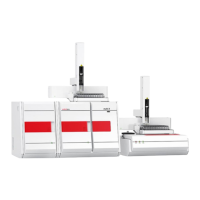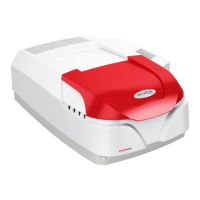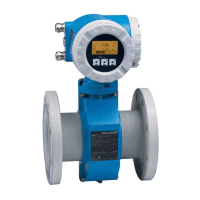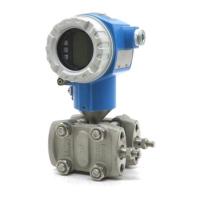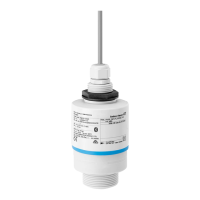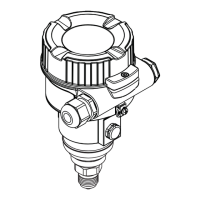multi N/C 2100S Function and setup
27
For TN
b
detection the electrochemical NO detector can be used. The NO detector is
behind the rear right side wall of the analyzer. It analyzes the nitrogen oxide (NO)
content in the carrier gas.
The measuring gas formed by thermal oxidation enters the detector where nitrogen
oxides contained in it are diffused via a highly selective diaphragm into the
electrochemical measuring cell. The oxidation of the nitrogen oxides occurring at the
anode modifies the flow between the electrodes proportionally to the nitrogen oxide
concentration. The change of the flow is evaluated as a signal and enables the detection
of the nitrogen content of the analyzed sample (TN
b
detection). The electrolyte of the
measuring cell only serves as catalyst and is not used up.
A supply voltage is required for the operation of the electrochemical NO detector (ChD).
To maintain the internal balance of the ChD when measurements are paused (the
analyzer is switched off), a support voltage is required. This is implemented via a battery
(U9VL).
The battery is within the right-hand side part of the multi N/C 2100S. The following
battery type is used: U9VL (ultra-life).
The extension of the analyzer N/C 2100S with a chemiluminescence detector (CLD)
enables the TN
b
detection. The multi N/C 2100S pharma is always supplied with a CLD.
The multi N/C 2100S can optionally be extended with this detector. The CLD must be
positioned as an external device to the right of the analyzer.
The measuring gas formed by the thermal oxidation of the sample is dried and then
enters the reaction chamber of the chemiluminescence detector for the TN
b
detection.
There the nitrogen monoxide present in the measuring gas is oxidized with ozone into
activated nitrogen dioxide. By emitting light photons (luminescence) the molecules of
the nitrogen dioxide return to their original state. The luminescence is detected using a
photo cell and is proportional to the nitrogen monoxide concentration. It thus permits
the detection of the total nitrogen content of the analyzed sample.
A digestion for the TN
b
detection cannot result in a 100% NO recovery. During the
cooling and condensation process of the combustion nitrogen oxides can also occur at
higher oxidation levels.
Electrochemical NO
detector (ChD, optional)
Chemiluminescence
detector CLD

